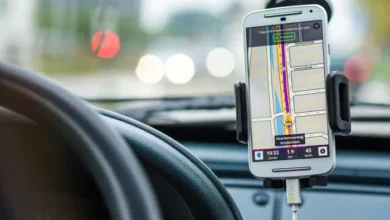How to Make Video Data Compliant with Security and Data Privacy Laws?
Many organizations operate in regulated environments where they need to safeguard data that they collect. Examples include organizations collecting data on EU citizens, which are required to follow GDPR law. Similarly, organizations in healthcare need to secure and safeguard data that they collect from patients as this is required by the HIPAA law.
In today’s day and age, a lot of data collected by organizations includes videos. For example, recorded Zoom meetings since the recent Zoom Boom, now make up a significant portion of an organization’s storage. Videos also contain personal information such as faces, names, on-screen text and more. Hence, as per regulations, these also need to be protected.
In this article, we discuss the different ways in which you can safeguard your video data and reduce risk of breaching compliance.
Use Secure Systems
It’s highly important that your organization stores data in a system that is highly secure. Whether you are building an IT system yourself or are purchasing one, this involves looking at the system from two aspects:
- Data Security at Rest: All of your videos will be saved somewhere and it’s important to make sure these are stored in a secure way. The best idea would be to use data storage hardware and mechanisms that follow leading standards such as FIPS 140-2. Try to look for encryption at rest using AES keys and encryption in transit using SSL/TLS. It is also important to look for a system that uses keys to encrypt data and then another set of keys to encrypt the keys. Leading cloud providers such as Azure or AWS do this. In fact, storing your video data on these cloud providers can greatly help you in securing data in a way that it meets most compliance requirements.
- Security Within The Application: Users inside your organization will access your video data through means of an application, which could be a CMS or a video CMS. It’s important for the application to have features that make sure only authorized users can access data and no other. Important features to look for here include audit logs, Identity and Access Management systems for sign-in and the ability to restrict downloading, etc.
Use Systems with Features for Access Management
These are features that are usually offered by a HIPAA Complaint Video Platform, where for each video you can define who can access it and who can’t. You should use an application that allows you to define such access by name of user. This makes sure sensitive patient health information or personal data is only accessible to those that have a legitimate reason to access them, and no other.
You should use a video system that also has the ability to restrict actions on the users’ end like making sure they can‘t download videos or share them ahead indefinitely.
Video Redaction
Another important step that you must take to reduce risk of breaching compliance, is to redact any personal information contained within videos. This involves blurring faces or removing audio segments that contain personal data.
This can be manually done through means of a video editor, or you can use a video redaction tool to do it for you. Alternatively, you can manage data in a video content management system that has a redaction tool inside it.
Conclusion
To fulfill all of the three above, a good idea would be to opt for an enterprise video content management system like VIDIZMO, Panopto or Brightcove. VIDIZMO fulfills all of these capabilities, whereas the latter two partially fulfill these capabilities. The benefit of doing so is that all of your videos are kept secure and safe, and at the same time, you get YouTube-like features to stream and play your videos online.




